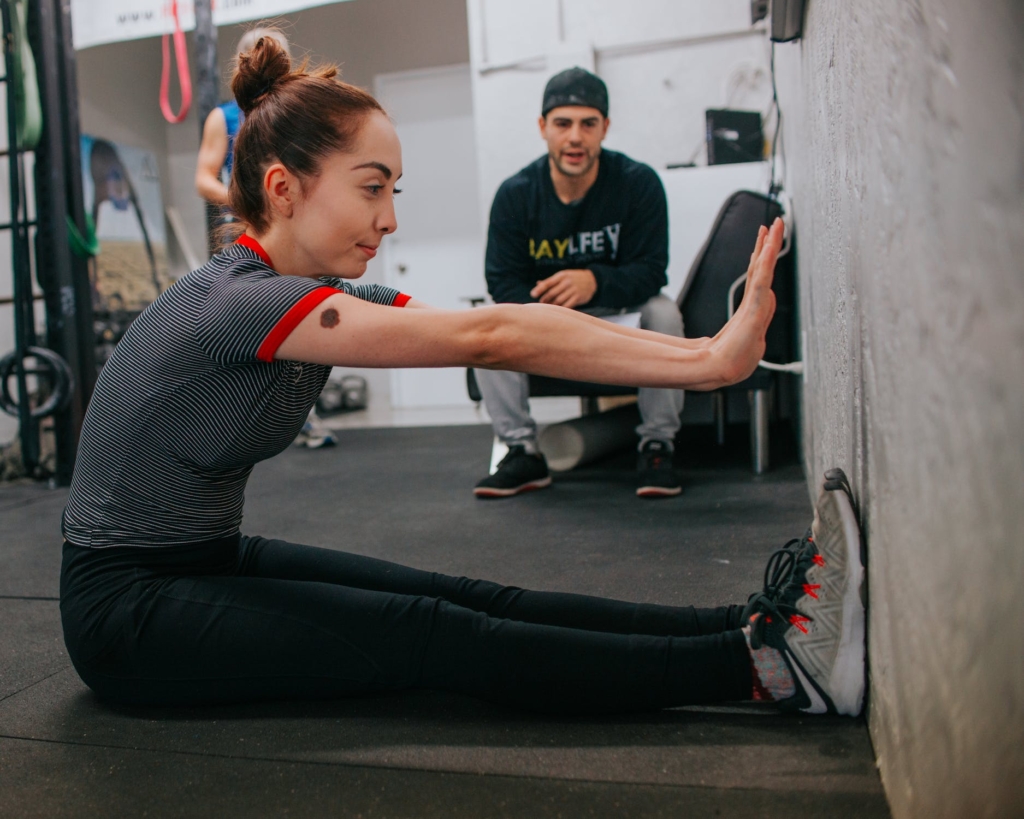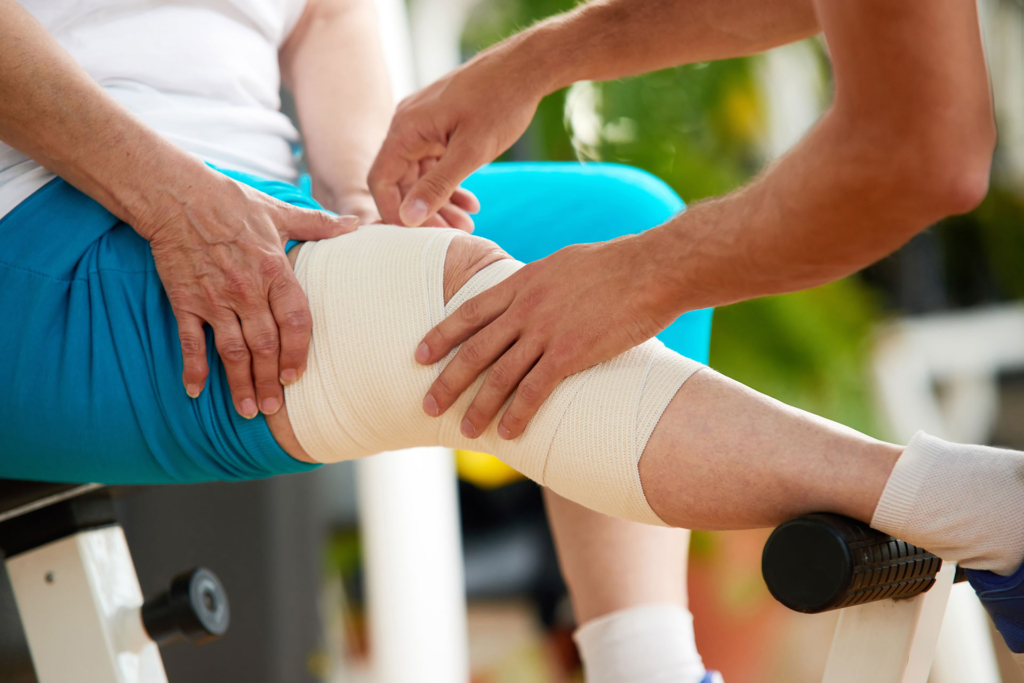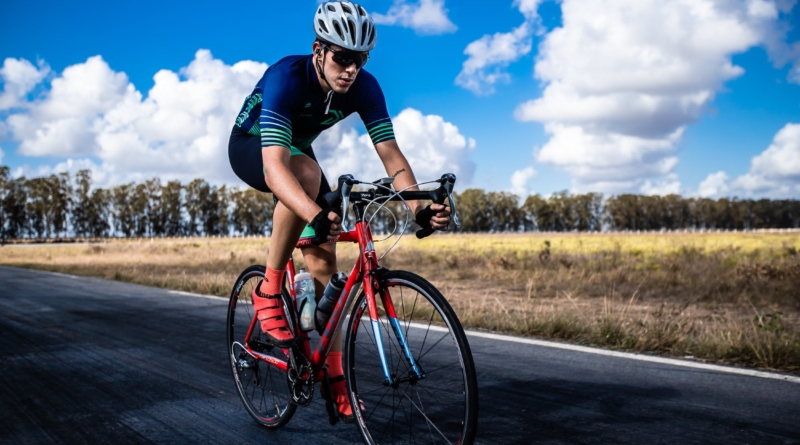Postworkout Recovery Guide for Cyclists
As a cyclist, you know that postworkout recovery is vital for improving performance and preventing injury. When you push your body during a hard ride or intense workout, your muscles undergo stress and breakdown. It’s during the recovery phase that your muscles repair, adapt, and grow stronger, setting the stage for better performance in future rides. In this comprehensive guide, we’ll explore the essential elements of postworkout recovery for cyclists and provide tips from coaches, cyclists, and health professionals to help you optimize your recovery routine.
Refueling

Fueling your body with the right nutrients after a ride is crucial for effective recovery. Your postworkout meal plays a significant role in replenishing glycogen stores, repairing muscle tissue, and preparing your body for subsequent rides. We’ll delve into the essential nutrients to include in your post-ride meal and discuss the consequences of neglecting proper refueling. A well-balanced post-ride meal not only supports your recovery but also contributes to your overall performance and progress in training.
Recovery Rides

Recovery rides are often overlooked, but they play a critical role in your training regimen. Many cyclists make the mistake of skipping or not going easy enough on recovery days, missing out on the benefits of a true recovery spin. We’ll emphasize the significance of recovery rides for your legs and explain why opting for couch time instead isn’t the best idea. By understanding the value of recovery rides, you can better appreciate their impact on your overall cycling performance.
Stretching

Stretching is an essential component of any cyclist’s training routine, but it’s often neglected or skipped due to time constraints. We’ll explore the benefits of stretching beyond flexibility, such as aiding postride recovery and reducing the risk of injuries. Discover the importance of incorporating stretching into your training to-do list and how it can enhance not only your riding but also your overall well-being.
Foam Rolling

After enduring countless revolutions on your bike, your hardworking cycling muscles can become tight and stiff. Foam rolling offers a convenient and effective way to release tension and improve range of motion. Learn about the benefits of foam rolling, including myofascial release, and how it can prevent and relieve soreness. While foam rolling can’t replace professional therapy, it serves as a valuable tool in your daily routine to keep your muscles in top shape.
Compression Therapy

Compression boots have become popular among athletes for their purported benefits in increasing blood flow and aiding recovery. We’ll explore the effectiveness of compression therapy and analyze popular compression boot systems like NormaTec and Therabody. Discover whether compression therapy is worth the investment and whether it can truly optimize your postworkout recovery.
Sleep

Adequate sleep is often sacrificed in a busy schedule, but its importance for both health and athletic performance cannot be underestimated. Chronic undersleeping can negatively impact your overall well-being and hinder your progress as a cyclist. We’ll delve into the significance of sleep for recovery and offer practical tips to prioritize sleep in your training plan. By taking charge of your sleep habits, you can elevate your performance as both an athlete and an individual.
Conclusion
A comprehensive postworkout recovery routine is indispensable for every cyclist. By refueling properly, embracing recovery rides, stretching, foam rolling, considering compression therapy, and prioritizing sleep, you can optimize your recovery and take your cycling performance to new heights. Incorporate these practices into your training regimen and watch as your body and performance soar to new levels of excellence. Remember, postworkout recovery is not just a luxury but a necessity for achieving your cycling goals and maintaining overall well-being.
